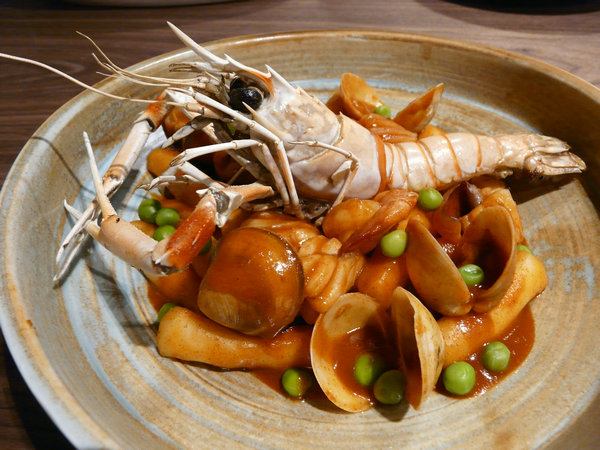Royal treatment
A culinary chain brand under one of Korean's largest conglomerates, the CJ Group, the flagship restaurant in Shanghai run by Ma has dishes on the menu that are inspired by the royal court cuisine.
"People often talk about how food becomes a culture, but the other way around is also changing our tables, in a more subtle way," he says.
"We are doing this not only because it's popular, but also it's something missing in Shanghai, if not all of China, and deserved to be brought back," adds Ma, a native of Shanghai who apprenticed in South Korea for years.
In his kitchen, a dozen soy sauces are fermented and stored for various uses: five for rice, one particularly for beef shank soup and several others for tofu, barbecued pork and salad.
But they don't call it salad.
"There are no such things as appetizers, cold dishes, or desserts in Korean royal court cuisine. It's just side dishes and main dishes," says Ma.
For salad, the first main dish in royal cuisine, the term is tang pyeong chae, a mixture of shredded beef, red pepper, sprouts and green-bean jelly.
The dish was invented by the monarch in hope of stopping the fights between two opposing parties in his court, which were so hostile that would make the skirmishes between Clinton and Trump look like child's play.
Blending different textures, flavors and colors of the ingredients, the dish means harmony when translated into Chinese-the official language used by the Korean royal court. It tastes just as it sounds, refreshing yet diversified.
"Korean royal cuisine is characterized by its use of common ingredients as household food. That is probably why it continues to survive while outside of the court," says Ma.

















